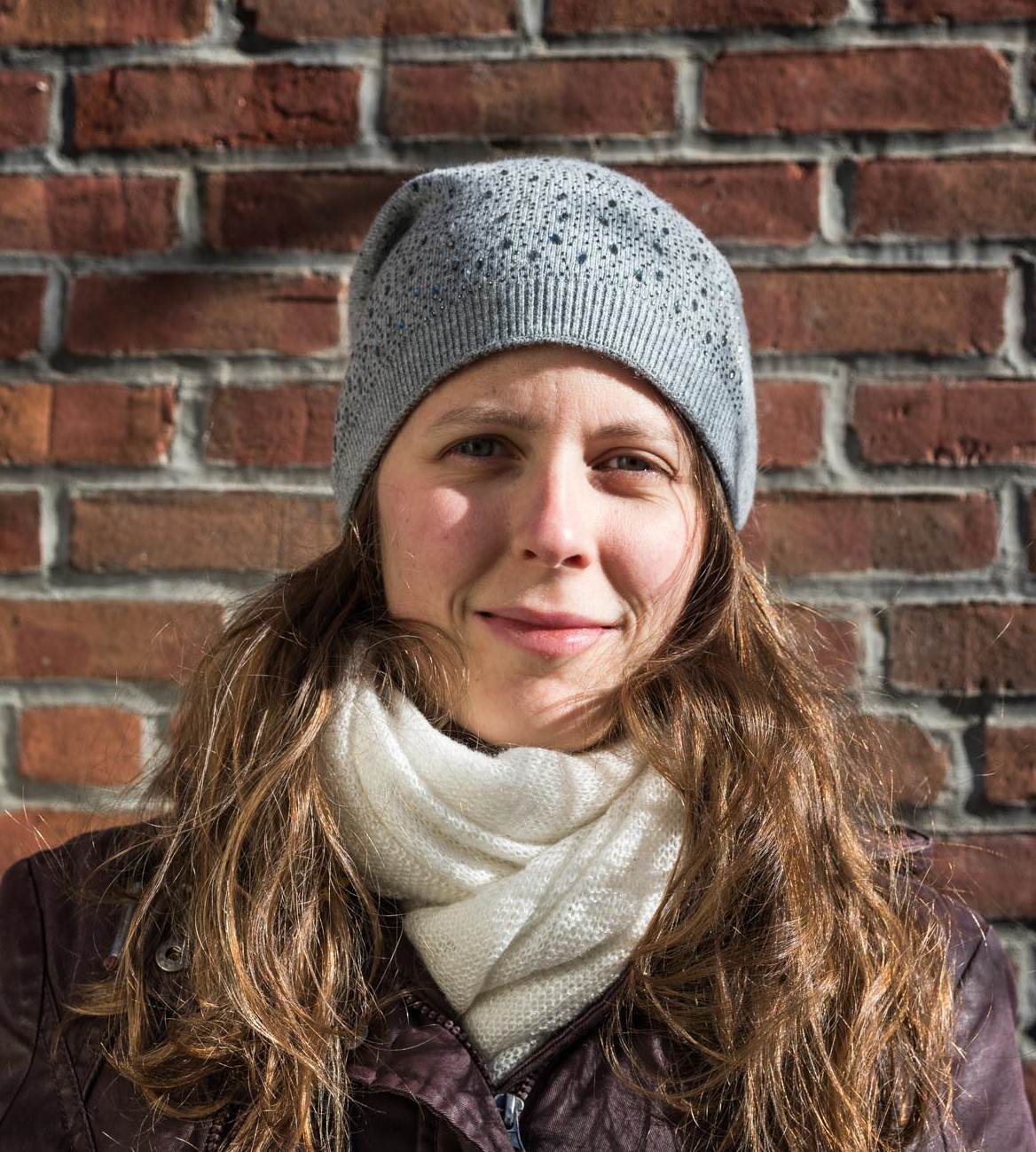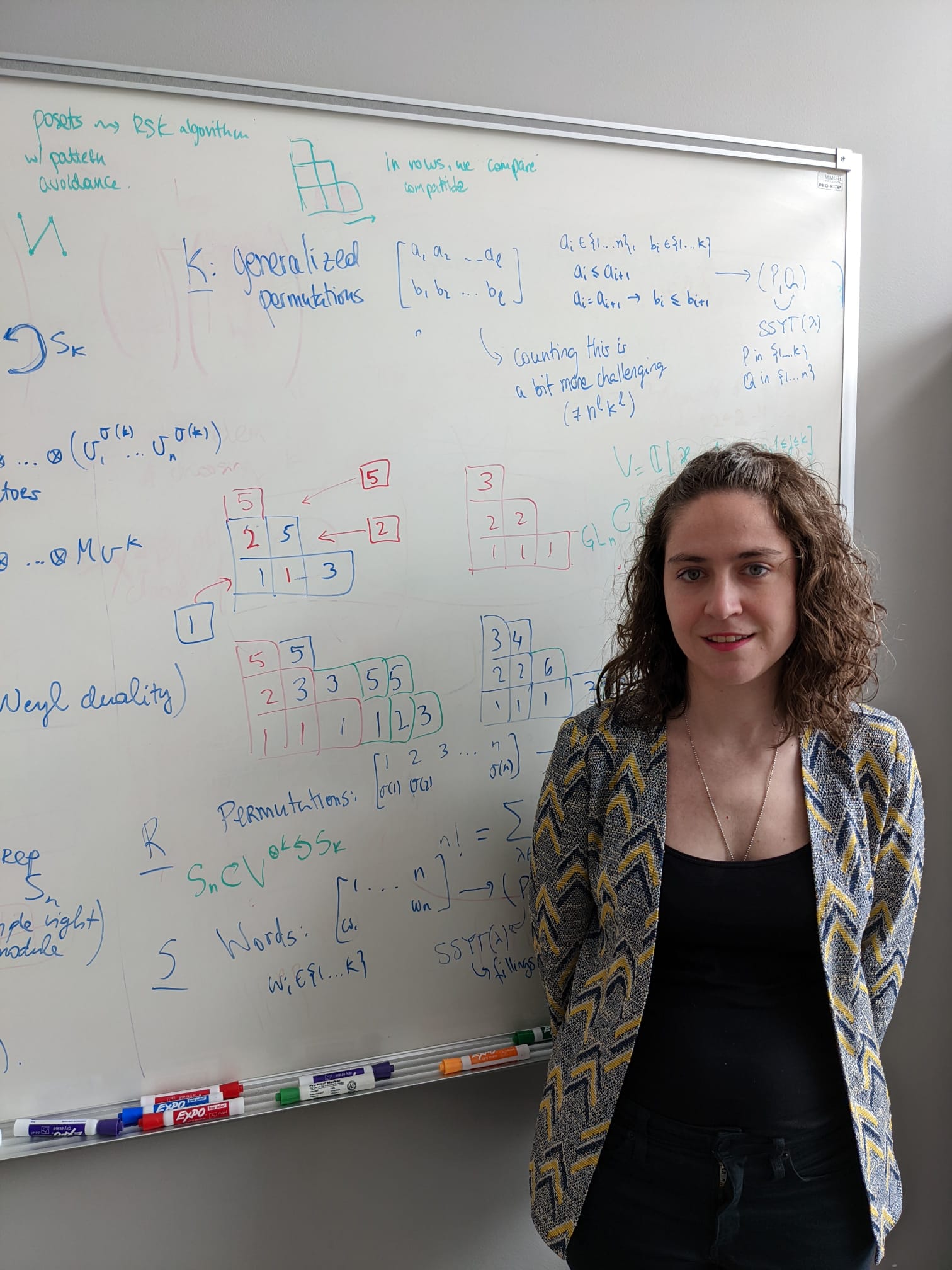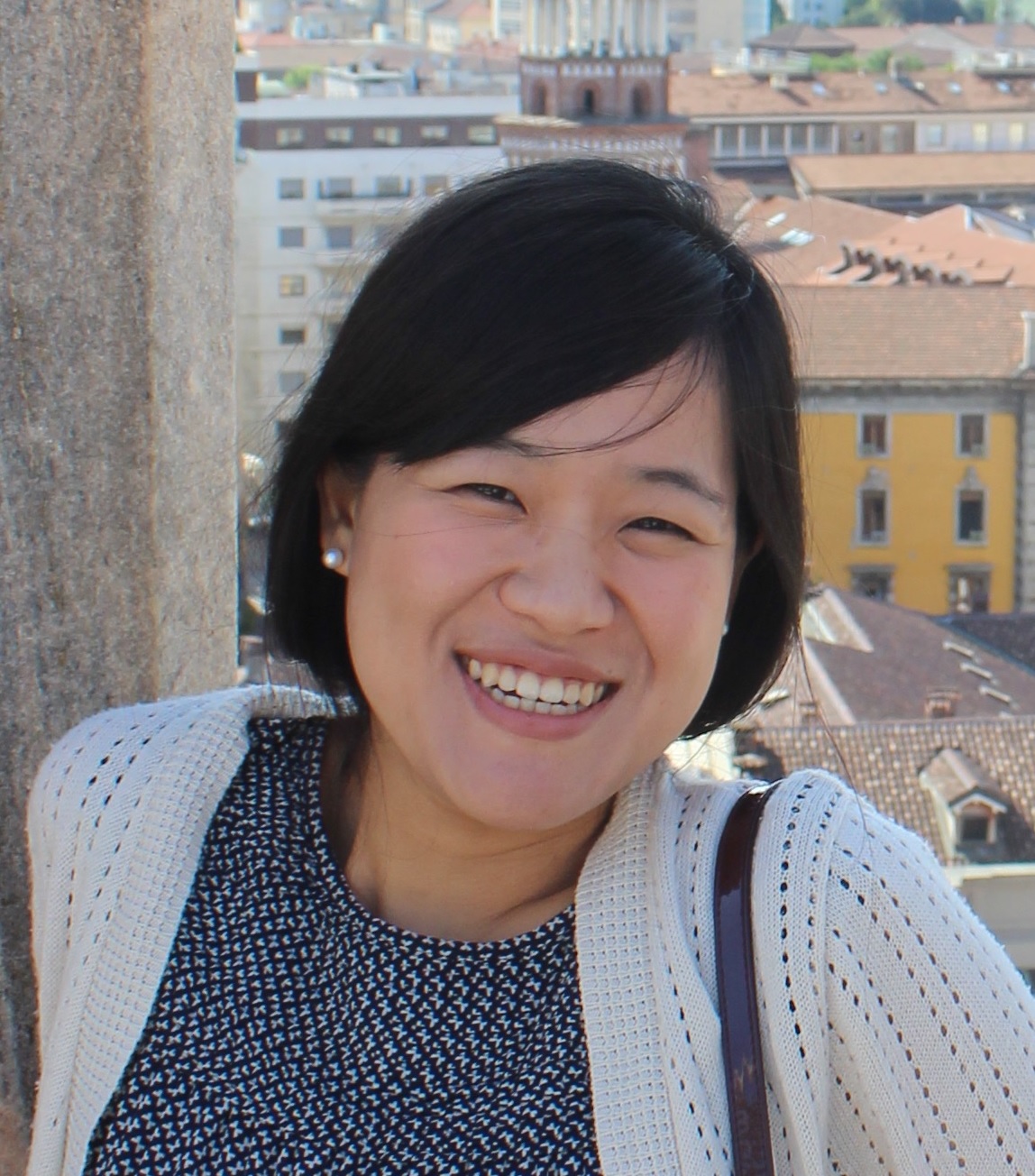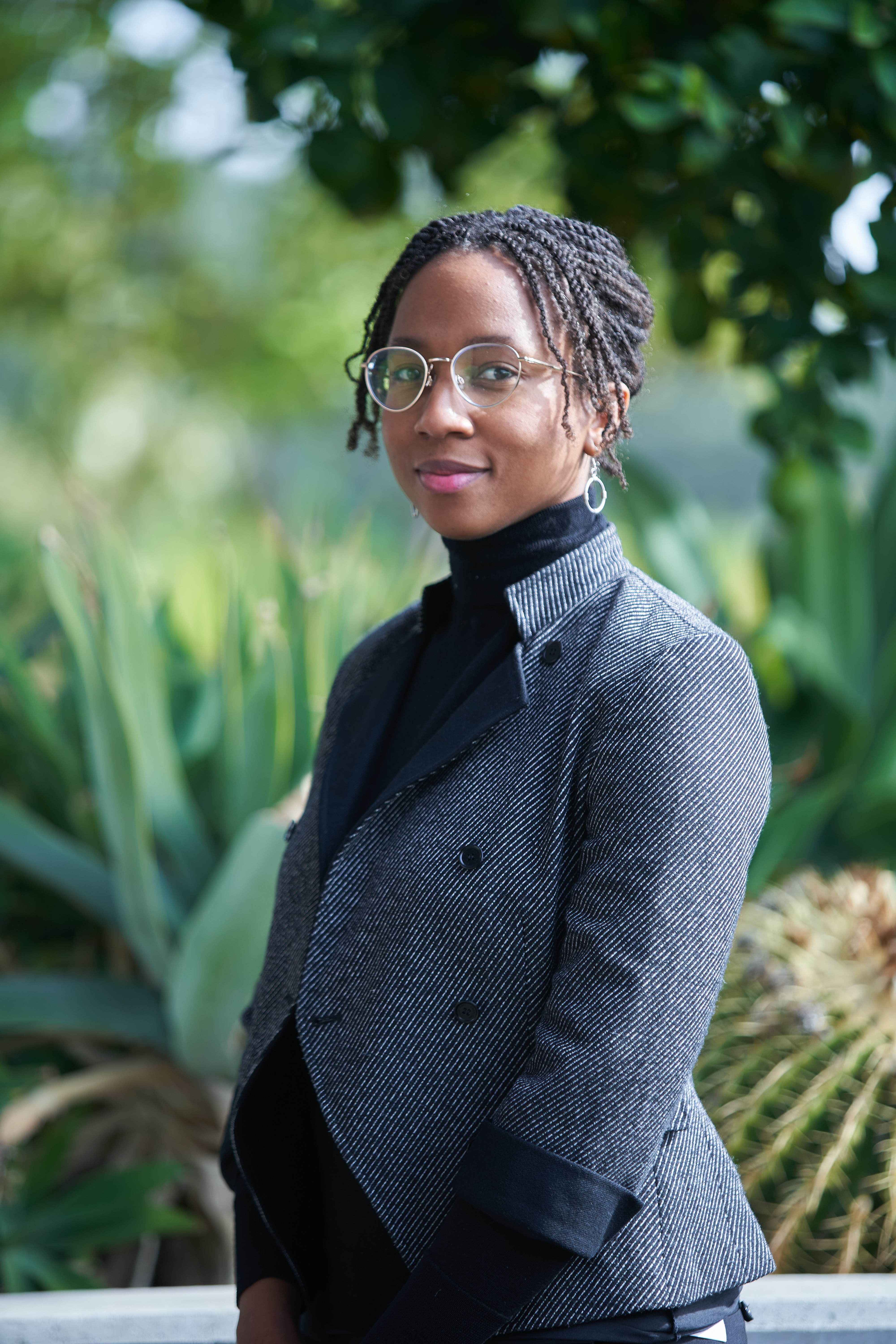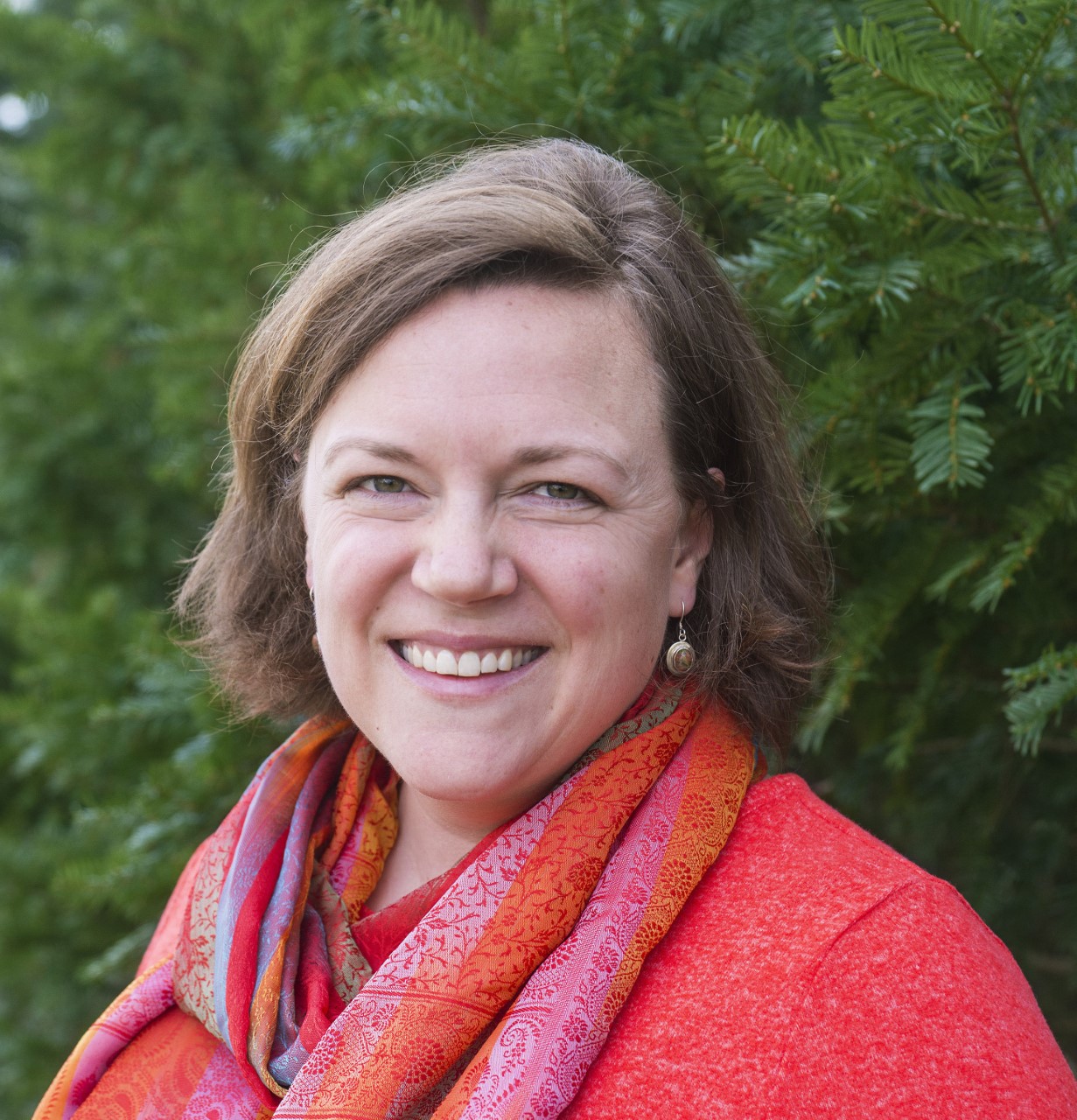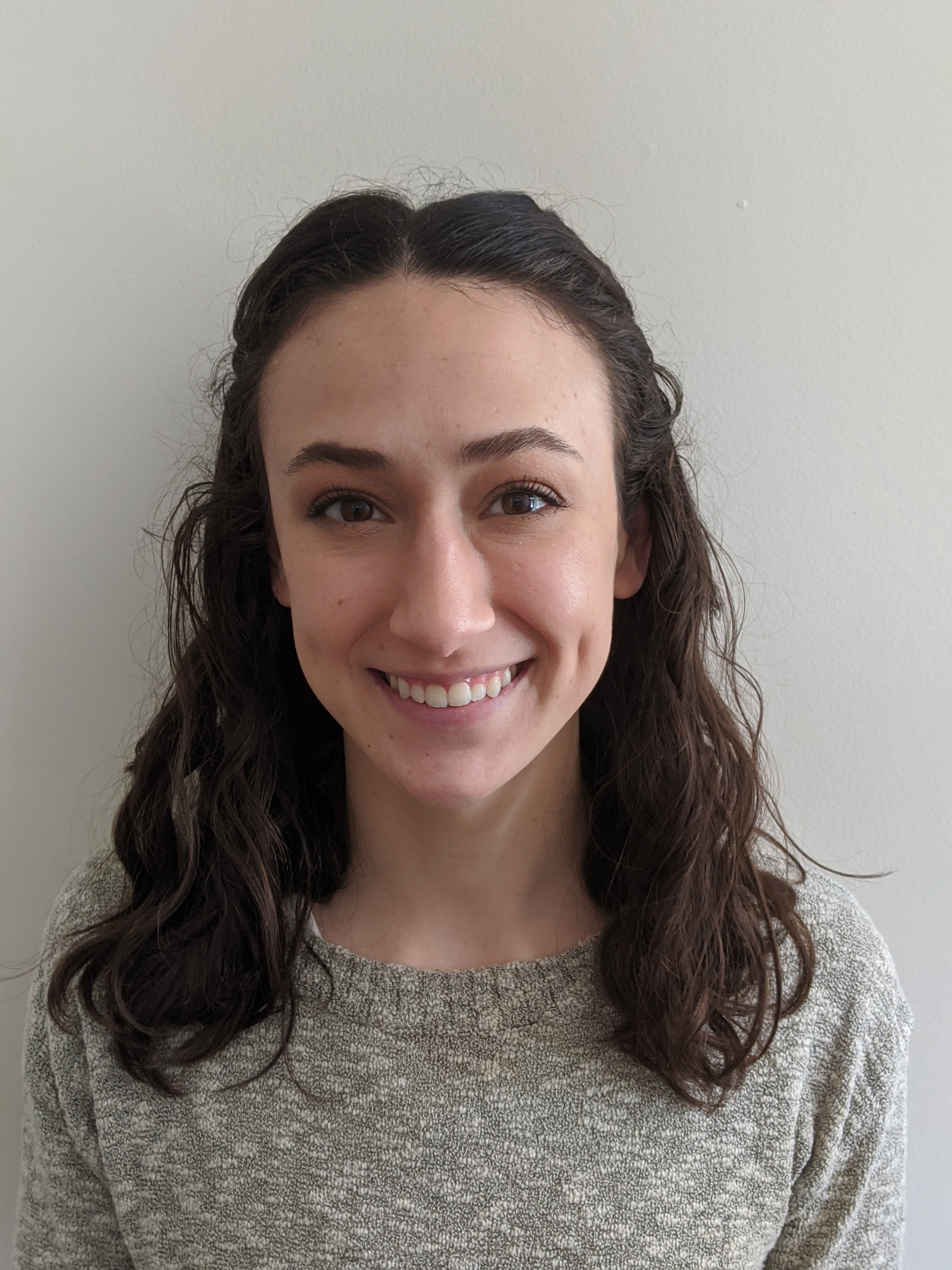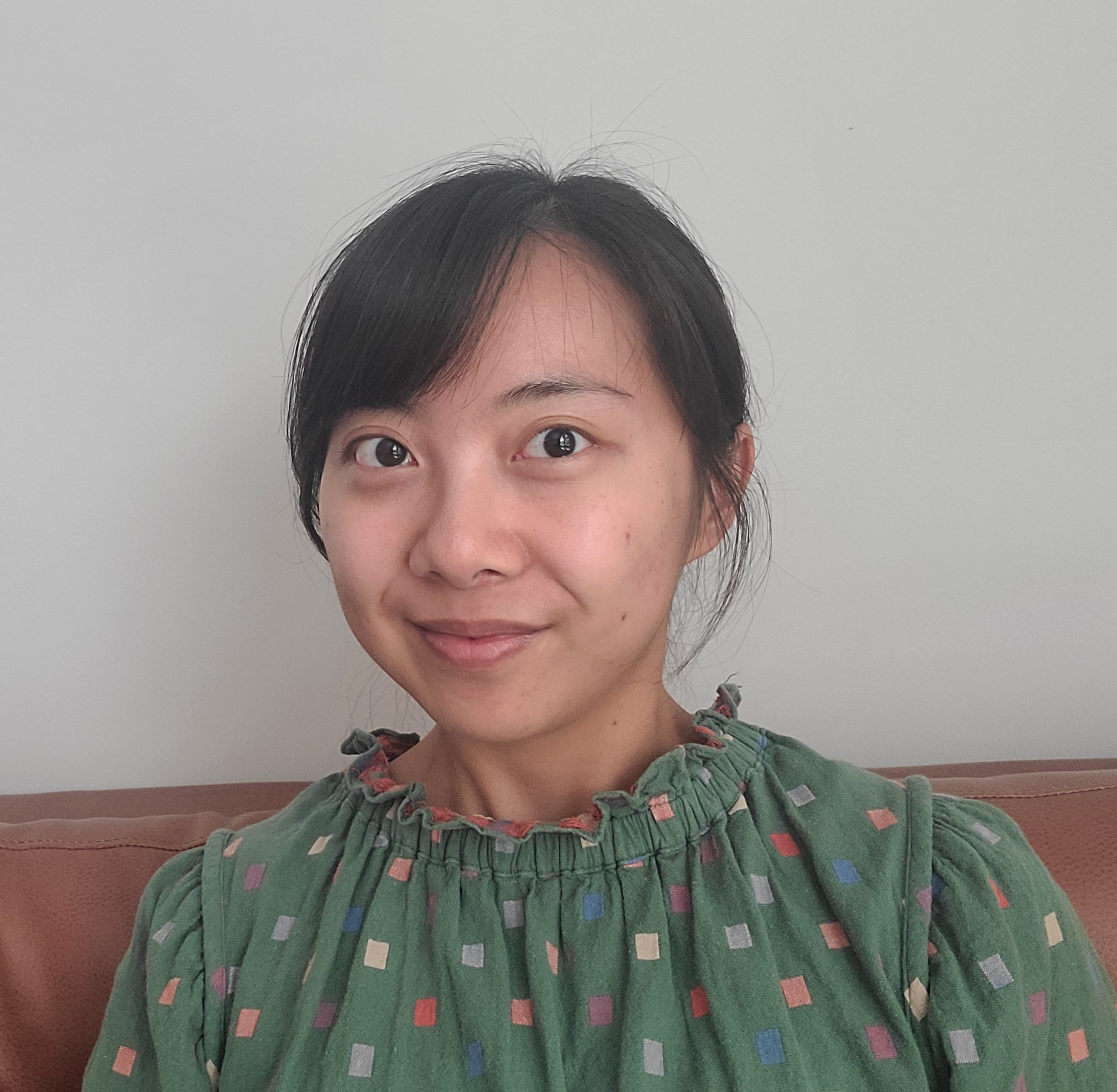
Katrina Barron
Irrational vertex operator algebras and graded pseudo-traces for indecomposable non-simple modules
It is known that the graded traces of vertex operator algebras exhibit modular invariance properties when the vertex operator algebra has two certain properties: rationality and $C_2$-cofiniteness. Relaxing the rationality condition and including graded pseudo-traces, the modular invariance property is retained in theory, although few examples are known.
We investigate questions of rationality for $\mathbb{C}$-graded vertex algebras and give applications to the Weyl vertex algebra under conformal flow. In addition, results on the computation of graded pseudo-traces for $C_1$-cofinite irrational vertex operator algebras are presented. These include graded pseudo-traces for all indecomposable modules for the Heisenberg vertex operator algebra and for all indecomposable modules induced from the level zero Zhu algebra for the universal Virasoro vertex operator algebras with certain central charges.
This work is part of the Women in Mathematical Physics initiative and involves joint work with Karina Batistelli, FLorencia Orosz Hunziker, Veronika Pedic Tomic, and Gaywalee Yamskulna.


